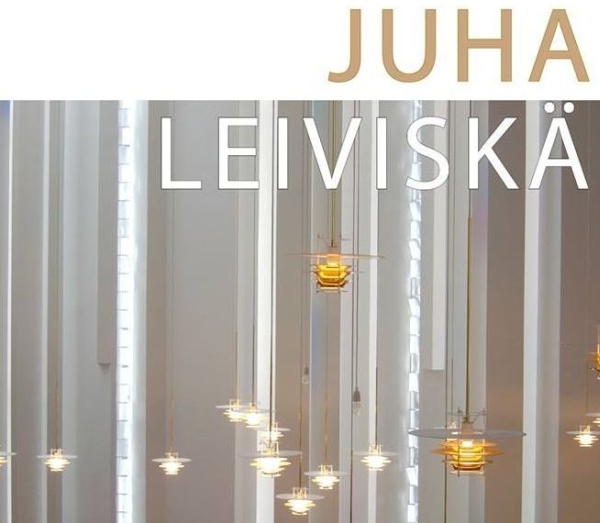My vision of Architecture
Lecture by Juha Leivisk├ż
MOME Auditorium, Budapest, 15 April 2015, 18.30

“Architecture is closer to music than to the visual arts. To qualify as architecture, buildings, together with their internal spaces and their details, must be an organic part of the environment, of its grand drama, of its movement and of its spatial sequences. To me, a building as it stands, “as a piece of architecture” is nothing. Its meaning comes only in counterpoint with its surroundings, with life and with light.”
Juha Leivisk├ż, cited in Architecture and Urbanism, April 1995
Moholy-Nagy University of Art and Design Budapest (MOME) is one of the most significant European institutions of visual culture due to its traditions and intellectual background. In its effort to visualize its professional concepts MOME compounds its own character and traditions with the most up-to-date trends. Its educational structure comprises architecture, design, media, as well as theory. Therefore, MOME has a great international potential considering its broad field of education and synthesis of students. The three-cycle study structure (BA/MA/DLA) provides adequate flexibility and mobility for its students. MOMEŌĆÖs definite ambition is to further broaden its international relations. It welcomes every professional co-operation which inspires its educational and artistic work. MOME on the one hand is a university which educates professional designers, and on the other hand an intellectual workshop with the aim of setting up creative process in order to enhance design consciousness in Hungary.
The training activity of the Institute of Architecture is characterized by the principle preserving the threefold unity of Architecture ŌĆō Interior Architecture ŌĆō Furniture Design. A holistic claim determines the syllabus serving the acquisition of an artistic view and engineering knowledge. It is the intention of the institute that tradition and innovation should be present in training in an equal proportion. It is its primary task to train professionals, endowed with creative powers and responsible for their decisions, who carry out creative design work of high artistic standards in the field of shaping human environment. The work pursued in the institute is characterized by a close teacher-student relationship; the small number (12-15 persons per studio) allows the forming of a classical master and disciple dialogue.
